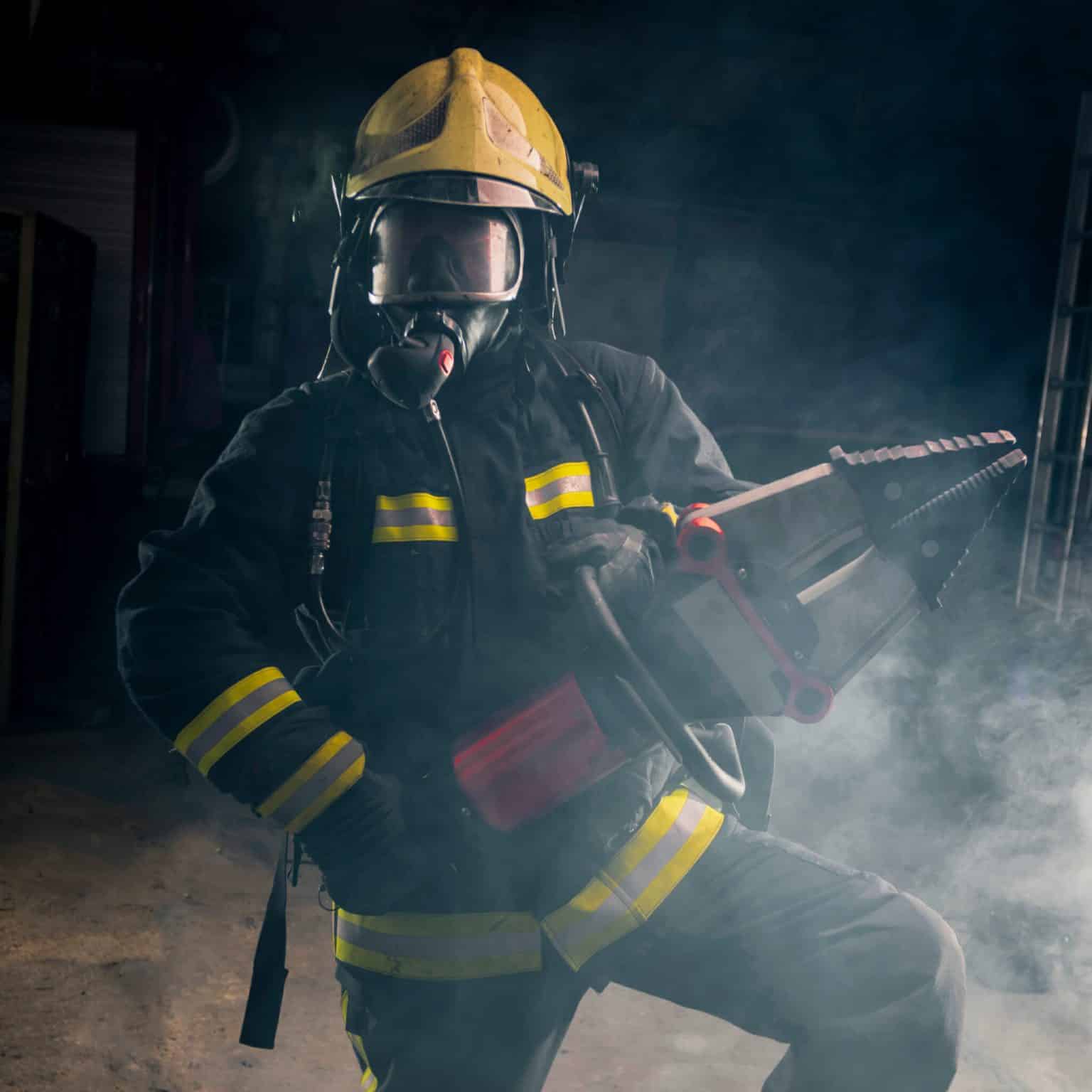The Jaws of Life® is a critical piece of equipment for firefighters all over the world. It is used to pry open cars after a wreck, freeing people who are trapped inside. But how does it work? And why is it so important? Here’s everything you should know about these incredible tools.
What are the Jaws of Life®?
The Jaws of Life® are rescue tools used by first responders to free people who are trapped in a vehicle after a crash. There are four main types of tools that are used to cut through or spread apart strong metal or debris.
- Cutters – used to slice through metal and other large debris
- Spreaders – used to create a wedge between mangled metal
- Rams – used to lift or move heavy objects
- Combination tools – a single tool that can perform multiple functions (often cutting and spreading)
While commonly used after motor vehicle crashes, these tools are also used to remove victims from collapsed buildings after earthquakes or other natural disasters. Think of them as extraction tools used to quickly rescue people who are trapped. Watch the video below to see them in action.
Jaws of Life® is actually a trademarked term that refers to the spreaders, cutters, and rams manufactured by Hurst. Other similarly designed tools are often referred to as extrication equipment or rescue tools.

Who invented the Jaws of Life®?
The idea for these tools started with George Hurst. He wasn’t a firefighter, first responder, or even a safety engineer. In fact, Hurst built incredibly fast and dangerous race cars in the 1950s and 60s.
One day on the racetrack, Hurst witnessed a violent crash. He watched rescue crews take over an hour to remove drivers from their cars. The experience troubled Hurst, inspiring him to design a tool that could pry open the doors of crashed vehicles significantly faster.
His first design in 1961 was a 350-pound hunk of metal that required an entire team of rescuers to use. Over the next decade, he continued improving his design and eventually got the tool down to 65 pounds. This wonder of engineering was called the Hurst Power Tool. Hurst Performance, Inc. remains one of the leading manufacturers of hydraulic rescue tools today.
Where did the name “Jaws of Life®” come from?
There are differing opinions on the origin of the term, “Jaws of Life®.” However, most believe that it was first coined by another engineer that worked on the project, Mike Brick.
Seeing just how quickly the tools could rescue someone from a crashed vehicle, Brick started referring to them as the Jaws of Life®. His reasoning? Because they rescued people from the jaws of death.
How do extrication tools work?
Traditional extrication equipment functions using a simple piston system. A power source forces hydraulic fluid into the first piston, which then drives down the second piston, applying immense pressure into the tools quickly. This is what allows these tools to produce such extreme force in a relatively small package.
As technology has improved, newer tools are powered by lithium batteries. This makes them lighter and more portable, which is ideal for first responders.
The Jaws of Life® can create 120,000 pounds of cutting force and nearly 60,000 pounds of spreading force. For perspective, that’s enough power to cut through a 6 inch steel beam or lift 10 elephants off the ground – all in a matter of seconds.
What are the different tools designed for?
Cutters: Using immense pressure, they slice through metals to remove damaged and dangerous obstructions, allowing openings for firefighters to rescue passengers.
Spreaders: Like a pair of reversed scissors, spreaders start in a closed position and apply outward force to create a wedge between debris, giving people the space to be removed from wreckage.
Rams: Similar to spreaders, rams are used to create space. However, unlike “V” shaped spreaders that are typically limited to 30 inches of width, rams can extend straight out to 60 inches, making them ideal for dislodging sections of a crash that may be pinning someone down and preventing their rescue.
Combination Tools: These versatile tools combine the designs of cutters and spreaders into a single tool to save both time and space.
Which are better – hydraulic or battery powered rescue tools?
While older, hydraulic powered rescue tools have been credited for saving tens of thousands of lives, fire departments are transitioning to battery powered units for three main reasons – they are lighter, faster, and more reliable.
Lighter. While significantly lighter than the first 350-pound design, hydraulic rescue tools are still incredibly heavy, weighing in around 65 pounds. Battery operated versions weigh closer to 30 pounds, making them much easier for first responders to operate and maneuver.
Faster. Battery operated tools can cut through a steel beam in just two minutes – half the time it would take a hydraulic model. Lithium batteries are not only more powerful, but they also last longer.
Reliable. Most importantly, battery operated rescue tools are significantly more reliable. Hydraulic models require a significant number of pieces to operate: a generator to power the tool, gas to run the generator, multiple hoses for hydraulic fluid, and additional attachments.
If any part of the hydraulic system fails, the entire tool is rendered useless. Battery operated versions, on the other hand, require only a single battery, which can be switched out quickly. Additionally, lithium batteries are not as susceptible to failure in cold weather as hydraulic pumps. This makes them much more reliable in high-pressure situations.

How much does extrication equipment cost?
Extrication equipment can cost anywhere from $1,000 for older, hydraulic tools to $40,000 for state of the art battery powered tools. The price depends on the model and the features it offers.
Typically for a full set of battery operated tools – a cutter, spreader, and ram – the cost is around $30,000.
In many cases, the high cost of newer, battery powered tools means that they are only available to larger fire departments with higher funding. This puts smaller departments and their communities at a significant disadvantage.
How many people do jaws of life save?
It has been estimated that since their invention, Jaws of Life® tools have saved over 24,000 lives across the world. That’s a life saved every single day since 1961.
When someone suffers traumatic injuries, the difference between life and death can be a matter of minutes. Having reliable rescue tools gives firefighters the ability to pry open a car and rescue someone in a fraction of the time that they could without one. This means that injured people get vital medical treatment faster – dramatically increasing their chances of survival.
While the newer, battery operated models are not yet as widespread as the older, hydraulic versions, it is estimated that they have the potential to save even more lives in the future
Jaws of Life® is a registered trademark of Hurst Jaws of Life, Inc. Daniel Stark Injury Lawyers and its subsidiaries are not affiliated with, authorized by or sponsored by Hurst Jaws of Life, Inc.










